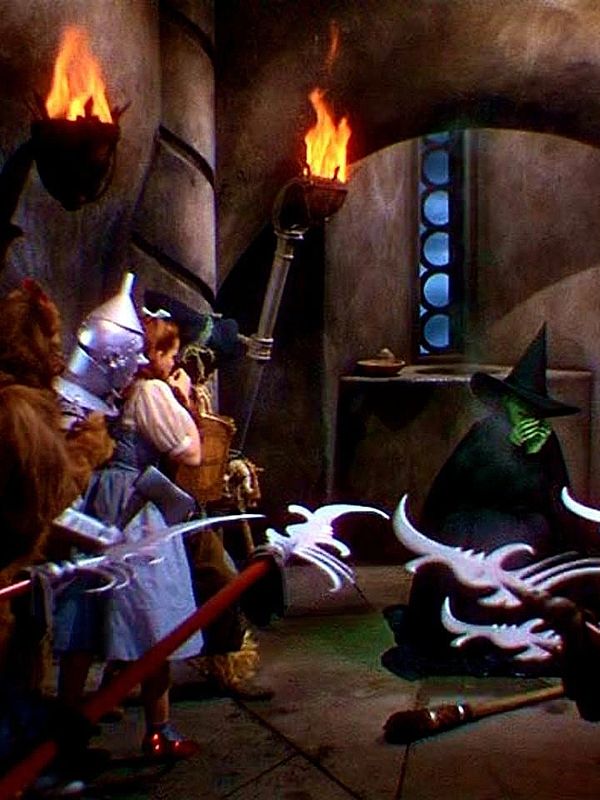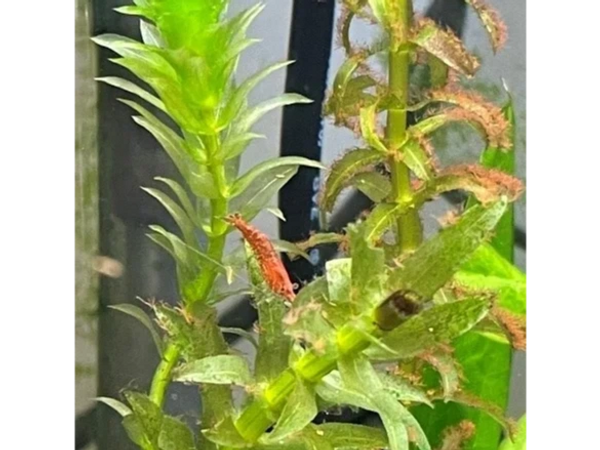- Home
- Reverse Respiration
- Tales from the Crypts
- The Chymatous Zones
- Pressure Tactics
- CO2 Saturation Over Time
- SnailsWormsAlgaeDiatoms
- A Tough Egg to Crack
- Algae Expiration
- pH Shifting
- Chlorophyll-A Affects/pH
- Algae Destruction from Re
- Timing is Everything
- Too Much of a Good Thing
- Night & Day
- Nothing and Something
- The Solution=The Solution
- INSTRUCTIONS
- In Memoriam
- Growth Stimulation
- Probable Improbabilities
- References
- Questions or Comments?
- Testimonials
- Upcoming Projects
Tales from the Crypts

Most aquatic plants are grown with their leaves ‘emerged’ in air vs submerged. This is much less expensive and enjoys a higher rate of success than when grown fully submerged.
However, the leaves evolve differently in air, thicker and denser, as CO2 is much easier to access and more plentiful in air.
When eventually submerged, they cannot perform metabolically and begin to rot…the infamous “crypt melt.” This is normal, and once the old growth rots and falls away, new growth will replace it over time. As they are thinner and have less mass than most plants, even water changes or other significant events can send a crypt or a val spiraling into a melt/regrowth cycle.
The re-uptake of the ‘melting’ plant’s rotted material as nutrients, known as re-mobilization, occurs, but this takes more energy and time than if the leaves are pruned.
Pruning helps initiate the start of new growth, as there are no leaves for nutrients or respiration, triggering new growth. The new leaves, of course, grow under water and are now adapted for an aquatic environment. They tend to be thinner and more exposed to the environment for improved access to nutrients and CO2 directly from the water but primarily due to the CO2 being not as plentiful under water.
Reverse Respiration accelerates the melting cycle by chemically simulating the pruning process on dead and dying tissue. Once again, we are taking some semantic license, so I’ll be referring to this phenomenon as “pH Pruning”. pH Pruning is manifested as a form of accelerated dissolution of exposed, decaying (melting) cellular matter, accelerating the ‘melt,’ by exposure to the low pH of the CO2 solution. The CO2 solution dissolves the decaying matter at a much greater rate than normal decay.
Reverse Respiration seems to accelerate both the decay of the dying organics and their replacement with new, healthy growth, although the latter may be due entirely to the former. There’s some suggestion that the dissolving of decaying material in concert with the intense, CO2 charging of the chloroplasts may be a factor in the growth stimulation we initially observed (see “Val” images below).
This would NOT occur if the tissue was healthy and intact, for there would be a multicellular and vascular buffer affording time before any form of dissolution occurs. The rapid dissolution of the decaying matter takes place because of the phenomena cited in the section on pH shifting (see “pH Shifting” below).
What we found was a stark contrast between the way healthy plants reacted vs damaged ones. No healthy plants, leaves, stems, or roots showed any discernible damage. Those that were previously ailing, however, melted or distinctly showed more damage over time once returned to the aquarium.
Note: These plants and plant parts were the ones that were already dying. Once leaves and stems are damaged or dying, they will not recover in any situation treated or not treated. Healthy growth is not affected, and new growth continues unaffected.

Anacharis Elodea densa Treated with Reverse Respiration
In this picture the are several strands of Anacharis Elodea densa. All were treated using Reverse Respiration. The leaves most heavily infested with BBA are the ones that were already dead. Most algae will take advantage of dying and dead leaves and the excess nutrients they release in the process of dying. Those not infested but unhealthy leaves are turning clear and will melt entirely. Left untreated those leaves would melt away on their own but over a longer period of time.

Freshly planted Val leaves treated with Reverse Respiration are here beginning their classic’ melt’ cycle. New growth has begun unusually early, well before the melt cycle is complete.
Many of those unhealthy leaves still appeared healthy to the naked eye but were not. One common observation when purchasing aquatic plants grown emersed is that they appear greener and firmer than they would under water. This is because they are, but it is due to being grown in air (see above) and these will die off for new growth once submerged.
Under a microscope we are able to see the vascular tissue of the plants in operation. The Xylem and Phloem of the vascular system carry nutrients and water to and from the roots and leaves. The vascular activity delaying cell saturation of the solution protects healthy plants during Reverse Respiration.

- The visibly dead and dying have no chloroplast movement under a microscope. Untreated Melting Val
- The ‘healthy to the naked eye but in the process of dying’ components show vastly reduced chloroplast movement or almost none at all under a microscope. Treated Melting Val
- Healthy vascular activity is easily seen under the microscope in the undamaged leaves with chloroplast movement being rapid and dense. Untreated Val
- Many trials were done on healthy and unhealthy plants producing these same results. The dead, red BBA was eaten by aquarium inhabitants. Tanks that did not have inhabitants to eat it saw the killed BBA turn red and eventually it turned white and disintegrated.
In this image of an untreated, healthy leaf, the chloroplasts are widely distributed and easily discernible.

In this image, an untreated leaf with ‘melt’ beginning, you can see chaotic chloroplast distribution and clusters indicating low or no metabolic activity.

This image of a leaf treated with Reverse Respiration looks nearly identical to the untreated, healthy leaf with highly discernible and plentiful chloroplast distribution, the only difference being an intense green from the saturation of the chloroplasts from the CO2 solution.
- Tales from the Crypts
- The Chymatous Zones
- Pressure Tactics
- SnailsWormsAlgaeDiatoms
- A Tough Egg to Crack
- Algae Destruction from Re
- Timing is Everything
- Too Much of a Good Thing
- Night & Day
- Nothing and Something
- The Solution=The Solution
- INSTRUCTIONS
- In Memoriam
- Growth Stimulation
- Probable Improbabilities
- References
- Questions or Comments?
- Testimonials
- Upcoming Projects

Announcements
1. Reverse Respiration has a sister website! Visit us at: watercolorstestchart.com
2. Reverse Respiration has been awarded a U.S. Patent!
3.If you use the API test kit, you need WATERCOLORS!